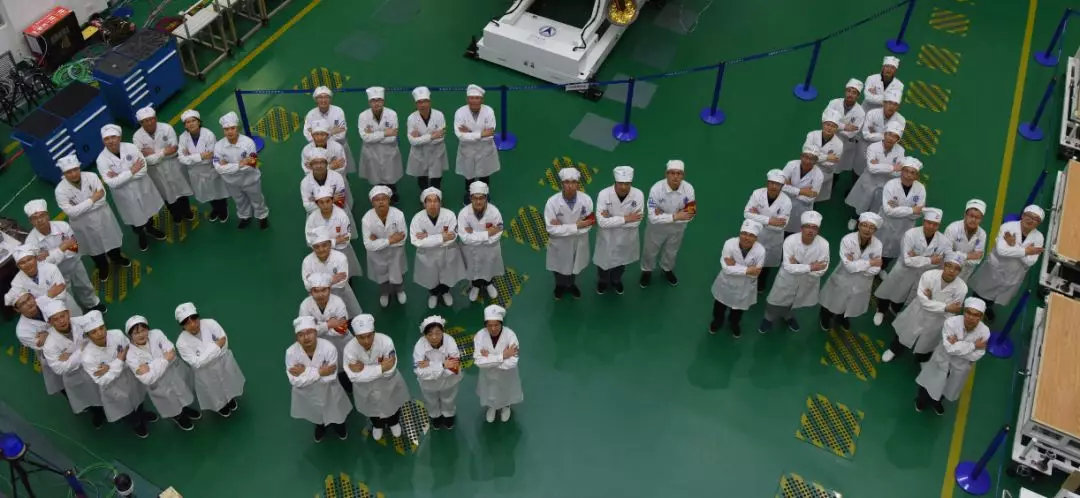Chang'e-4 mission - scientific equipment on the landing module and repeater satellite
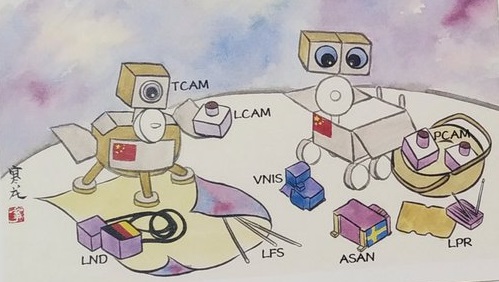
Against the background of data on the journey of the Yutu-2 rover on the lunar surface, interest in events and experiments taking place on the Chang'e-4 stationary landing module is much less manifested, because scientific equipment has been installed there to study the space environment, with which complex experiments are also performed.
Previously published materials about the Chang'e-4 mission:
1. The Chang'e-4 spacecraft made a successful landing on the far side of the moon and sent the first photo
2. An on-board video of the preparation and landing processes, as well as a panorama of the reverse side of the moon from the Chang'e-4
3. Video of the rover descent process “ Yutu-2 ", its first meters on the surface of the moon. A two-week dream on the moon is over
4. Pride and passion, the story of turning a dream into a space project
5. NASA's lunar orbiting probe took the first pictures of the Chinese Chang'e-4 station - two pixels of light
6. The Chang'e-4 module and the Yut rover -2 "ready for the second night on the far side of the Moon
7. NASA's lunar orbiting probe took new pictures of the Chinese Chang'e-4 station - closer and clearer
8. Interesting facts about the history of the Chinese lunar program and the Chang'e-4 space mission
9. The Chang'e-4 mission is the third lunar day. Rover "Yutu-2" in search of ... stones
1. The Chang'e-4 spacecraft made a successful landing on the far side of the moon and sent the first photo
2. An on-board video of the preparation and landing processes, as well as a panorama of the reverse side of the moon from the Chang'e-4
3. Video of the rover descent process “ Yutu-2 ", its first meters on the surface of the moon. A two-week dream on the moon is over
4. Pride and passion, the story of turning a dream into a space project
5. NASA's lunar orbiting probe took the first pictures of the Chinese Chang'e-4 station - two pixels of light
6. The Chang'e-4 module and the Yut rover -2 "ready for the second night on the far side of the Moon
7. NASA's lunar orbiting probe took new pictures of the Chinese Chang'e-4 station - closer and clearer
8. Interesting facts about the history of the Chinese lunar program and the Chang'e-4 space mission
9. The Chang'e-4 mission is the third lunar day. Rover "Yutu-2" in search of ... stones
The next decade will be a time of extensive exploration of the lunar surface, interesting discoveries await us, and man will again walk on the moon.
So far, scientists and engineers are doing this - like this:

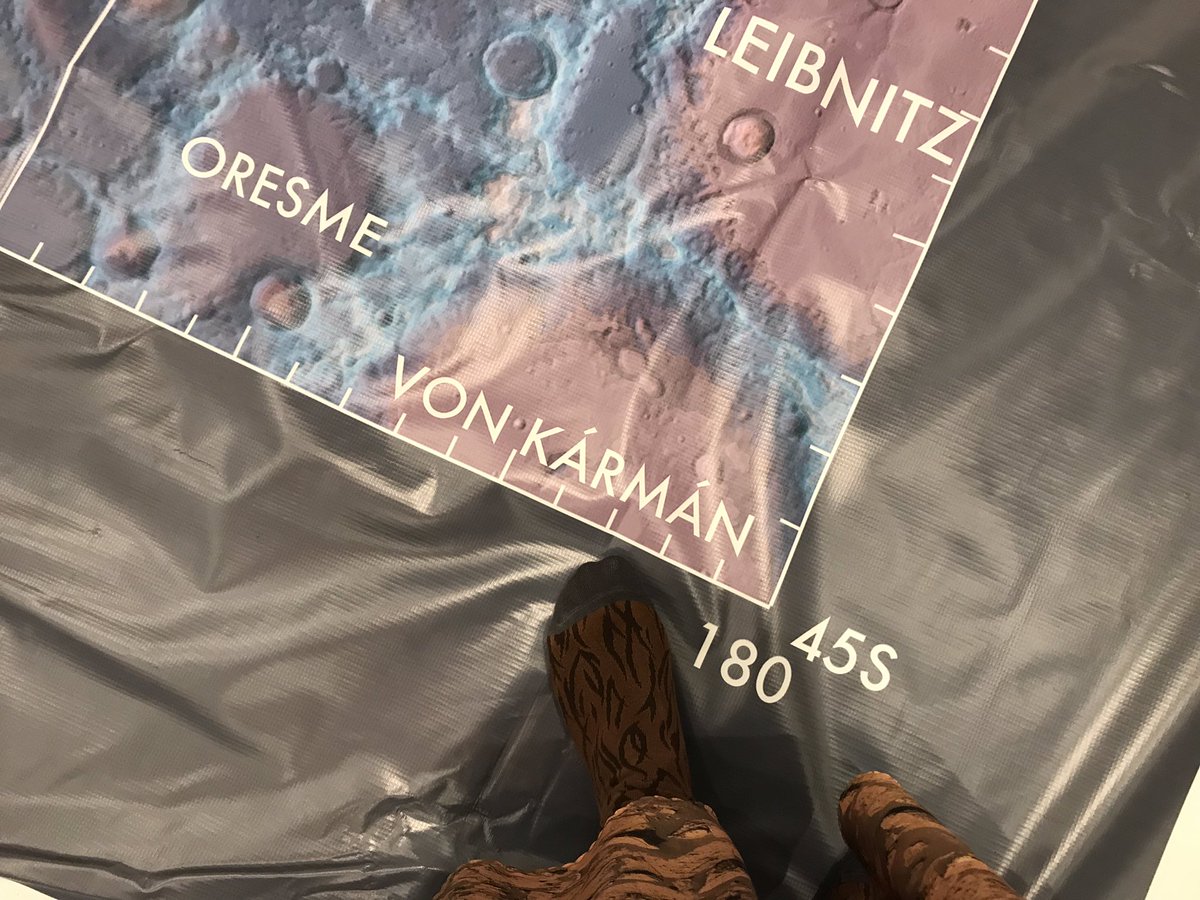
But now, on Earth, in the production halls and laboratories of the Chinese Academy of Space Technology, the work of manufacturing, testing and preparing for the launch of new lunar modules is in full swing, each of which brings the reality of the landing on the living moon crew, not just guided robotic stations and rovers.


China's 28-year history of the lunar program
A Brief Chinese History of Moon Exploration:
1991: Chinese space industry experts have proposed launching their own (including independent from other countries) moon exploration program.
1998: Chinese scientists begin planning the Lunar program, discuss the details of research and confirm the feasibility of the space mission on their own, overcome the first scientific and technical problems that arose at the initial stage.
January 2004: The Chinese Moon Exploration Program officially named “Chang'e” (in honor of the Chinese Moon Goddess) was officially launched. The first automatic satellite, which is planned to be launched into the orbit of the moon, is called Chang'e-1. The country's ambitious lunar project includes three phases: unmanned exploration of the moon, sending people to the moon and creating a base on the moon.
October 24, 2007: The Changzheng-3A booster rocket with the Chang'e-1 satellite was successfully launched from the Sichan space center in China.
November 7, 2007: Chang'e-1 satellite successfully entered the 127-minute lunar orbit at an altitude of 200 km.
October 2008: the start of the second phase of the Chang'e-2 program was officially approved by the State Council of the PRC.
November 12, 2008: China releases its first full lunar surface map based on data from Chang'e-1.
March 1, 2009: the pioneer of the Chinese lunar mission, the Chang'e-1 satellite, which performed its orbital flight for 16 months, completed its work by a controlled fall on the lunar surface.
October 1, 2010: The Changzheng-3S booster rocket with the Chang'e-2 satellite was successfully launched from the Sichan Chinese spaceport, then the Chang'e-2 satellite entered the 118-minute lunar orbit at an altitude of 100 km.
July 9, 2011: Chang'e-2 satellite left the lunar orbit to the Lagrange point L2 of the Sun-Earth system (1.5 million kilometers from Earth) for conducting scientific experiments.
August 25, 2011: After a 77-day journey, the Chang'e-2 satellite entered orbit around L2.
February 6, 2012: China released an updated more detailed lunar map, created according to data from the Chang'e-2 satellite.
July 14, 2013: Chang'e-2 satellite, having become an artificial asteroid in the Solar System, was 50 million kilometers away from Earth.
December 3, 2013: The Changzheng-3V booster rocket with the Chang'e-3 station was successfully launched from the Sichan space center in China.
December 14, 2013: Chang'e-3 lander makes landing in the Rainbow Bay crater on the visible side of the moon. The Chang'e-3 lander contains the first Chinese lunar rover, Yutu.
January 25, 2014: the Yut rover was technically immobilized (failure of elements as a result of a collision) after overcoming 114.8 meters on a complex lunar surface.
October 23, 2014: Chang'e-5T1 automatic lunar station was launched with the help of the Changzheng-3C launch vehicle from the Sichan Cosmodrome. The goal of the project is to test the return of the descent vehicle to Earth for further use of this technology in the Chang'e-5 mission.
October 31, 2014: the Chang'e-5T1 project descent vehicle detached from the service module, entered the Earth’s atmosphere and made a soft landing in the khoshun Syzzivan of Inner Mongolia Autonomous Region.
February 18, 2016: Chang'e-3 lander continues to operate normally after 28 lunar days, exceeding the estimated and design hardware lifetime.
December 14, 2016: the Chang'e-3 landing module worked on the lunar surface for three years, which is a record period for the lander to operate on the lunar surface.
May 21, 2018: Tseyuqiao relay satellite (fortieth bridge) was launched from the Xichang Chinese cosmodrome, it is necessary for organizing communication between the Earth and the far side of the moon.
June 14, 2018: Tseyuqiao satellite relay entered orbit around the Lagrange point L2 of the Earth-Moon system, approximately 65,000 km from the Moon, becoming the first communication satellite in this orbit in the world.
December 8, 2018: The Changzheng-3B booster rocket with the Chang'e-4 station was successfully launched from the Sichan space center in China.
January 3, 2019: Chang'e-4 lander makes landing in the Karman crater on the far side of the moon. The Chang'e-4 lander contains the second Chinese lunar rover Yutu-2, a modernized analogue of the Yutu rover. The personnel of the Chang'e-4 mission are now continuing to operate normally.
2019-2020: The implementation of the Chang'e-5 mission is expected, the apotheosis of which is the delivery to the Earth of at least two kilograms of lunar samples.

A Brief Chinese History of Moon Exploration:
1991: Chinese space industry experts have proposed launching their own (including independent from other countries) moon exploration program.
1998: Chinese scientists begin planning the Lunar program, discuss the details of research and confirm the feasibility of the space mission on their own, overcome the first scientific and technical problems that arose at the initial stage.
January 2004: The Chinese Moon Exploration Program officially named “Chang'e” (in honor of the Chinese Moon Goddess) was officially launched. The first automatic satellite, which is planned to be launched into the orbit of the moon, is called Chang'e-1. The country's ambitious lunar project includes three phases: unmanned exploration of the moon, sending people to the moon and creating a base on the moon.
October 24, 2007: The Changzheng-3A booster rocket with the Chang'e-1 satellite was successfully launched from the Sichan space center in China.
November 7, 2007: Chang'e-1 satellite successfully entered the 127-minute lunar orbit at an altitude of 200 km.
October 2008: the start of the second phase of the Chang'e-2 program was officially approved by the State Council of the PRC.
November 12, 2008: China releases its first full lunar surface map based on data from Chang'e-1.
March 1, 2009: the pioneer of the Chinese lunar mission, the Chang'e-1 satellite, which performed its orbital flight for 16 months, completed its work by a controlled fall on the lunar surface.
October 1, 2010: The Changzheng-3S booster rocket with the Chang'e-2 satellite was successfully launched from the Sichan Chinese spaceport, then the Chang'e-2 satellite entered the 118-minute lunar orbit at an altitude of 100 km.
July 9, 2011: Chang'e-2 satellite left the lunar orbit to the Lagrange point L2 of the Sun-Earth system (1.5 million kilometers from Earth) for conducting scientific experiments.
August 25, 2011: After a 77-day journey, the Chang'e-2 satellite entered orbit around L2.
February 6, 2012: China released an updated more detailed lunar map, created according to data from the Chang'e-2 satellite.
July 14, 2013: Chang'e-2 satellite, having become an artificial asteroid in the Solar System, was 50 million kilometers away from Earth.
December 3, 2013: The Changzheng-3V booster rocket with the Chang'e-3 station was successfully launched from the Sichan space center in China.
December 14, 2013: Chang'e-3 lander makes landing in the Rainbow Bay crater on the visible side of the moon. The Chang'e-3 lander contains the first Chinese lunar rover, Yutu.
January 25, 2014: the Yut rover was technically immobilized (failure of elements as a result of a collision) after overcoming 114.8 meters on a complex lunar surface.
October 23, 2014: Chang'e-5T1 automatic lunar station was launched with the help of the Changzheng-3C launch vehicle from the Sichan Cosmodrome. The goal of the project is to test the return of the descent vehicle to Earth for further use of this technology in the Chang'e-5 mission.
October 31, 2014: the Chang'e-5T1 project descent vehicle detached from the service module, entered the Earth’s atmosphere and made a soft landing in the khoshun Syzzivan of Inner Mongolia Autonomous Region.
February 18, 2016: Chang'e-3 lander continues to operate normally after 28 lunar days, exceeding the estimated and design hardware lifetime.
December 14, 2016: the Chang'e-3 landing module worked on the lunar surface for three years, which is a record period for the lander to operate on the lunar surface.
May 21, 2018: Tseyuqiao relay satellite (fortieth bridge) was launched from the Xichang Chinese cosmodrome, it is necessary for organizing communication between the Earth and the far side of the moon.
June 14, 2018: Tseyuqiao satellite relay entered orbit around the Lagrange point L2 of the Earth-Moon system, approximately 65,000 km from the Moon, becoming the first communication satellite in this orbit in the world.
December 8, 2018: The Changzheng-3B booster rocket with the Chang'e-4 station was successfully launched from the Sichan space center in China.
January 3, 2019: Chang'e-4 lander makes landing in the Karman crater on the far side of the moon. The Chang'e-4 lander contains the second Chinese lunar rover Yutu-2, a modernized analogue of the Yutu rover. The personnel of the Chang'e-4 mission are now continuing to operate normally.
2019-2020: The implementation of the Chang'e-5 mission is expected, the apotheosis of which is the delivery to the Earth of at least two kilograms of lunar samples.

The traces on the far side of the Yutu-2 rover are the trajectory of the first lunar day:

At what stage is the Chinese program for exploring the moon, and what will happen next? Here you can learn from these wonderful slides about the Chang'e-4 mission:

In fact, if you go uphill along the steps you do yourself, you can reach its top, albeit slowly, but now you can bring it to its top there are also new people who will spend much less time on the first steps up.
So did Chinese scientists and engineers, breaking the lunar research program into several stages, steps. Moreover, they further transmitted all the experience gained in the process of implementing the decisions of each stage to develop a new stage. And now this is the fourth iteration of the exploration of the moon. Soon, the fifth - an autonomous expedition with a return to Earth.
And when you have your own booster rocket (Changzheng series (Long March)), your own cosmodromes , highly qualified engineering staff who work around the clock and are proud of their work, then every year the technogenic “lump” of space lunar developments becomes more and more intense -speed, gaining momentum and opening up new horizons and opportunities for its creators.
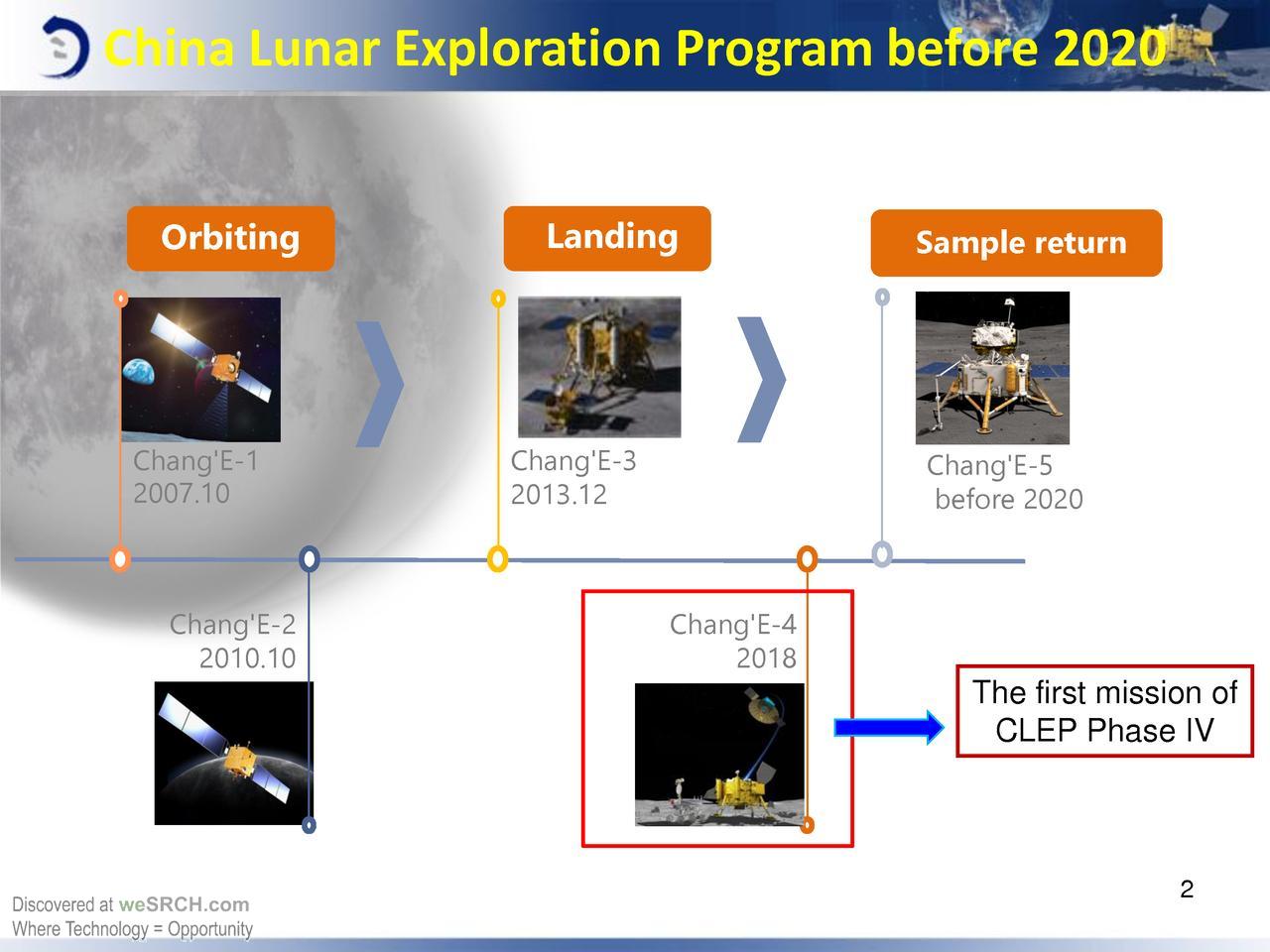
But it was on the fourth mission that I had to use all the functionality of the previous solutions and get the opportunity to first implement on the far side of the moon:
- to organize a data transmission channel “the reverse side of the Moon-Earth” using a relay satellite;
- full-fledged control of vehicles descent to the surface (TT&C - tracking, telemetry and command subsystem) using the tracking, telemetry and transmission control subsystems.

One of the main problems in the study of the far side of the moon is the problem associated with the organization of communication, since the devices on the far side of the moon are not available for communication directly from the Earth, so a separate communication satellite is required for relaying signals.
The Tseyuqiao satellite relay (fortieth bridge), launched on May 21, 2018, operates in a halo orbit around the special gravitationally stable Lagrange point Earth-Moon L2, from which it can maintain direct visibility with the Earth and the lunar back side at any time for the exchange of data between the MCC and the modules of the Chang'e-4 project.

Also, a low-frequency spectrometer (relay LFS) with three five-meter antennas is installed on the Tseyuqiao repeater satellite, with which low-frequency radio emission from the early Universe is recorded, which makes it possible to study its structure.

Earth-reverse Moon connection

diagram : Chang'e-4 mission flight plan to the Moon: The Moon’s

reverse side is more likely to fall in meteorites, therefore the terrain is very complex there, which creates a high risk for an abnormal landing, which can lead to capsizing or total loss landing module in the process of landing.
For the Chang'e-4 mission, a relatively safe landing site was chosen for landing in the Karman crater, inside which there are vast flat areas on the surface.

At the design stage, artificial intelligence technologies were introduced into the on-board computer systems of the Chang'e-4 lander, which allowed the various project modules to become much smarter and more autonomous than previously launched.
An array of special sensors and cameras measuring various parameters of speeds and distances, which can also process 3D images in real time, were installed on the elements of the Chang'e-4 descent module, so that during the landing procedure, the on-board systems could analyze and adjust themselves parameters and data on the situation, including information about the current position, angles and inclination to the surface, quickly identify unstable (dangerous) elements on the surface (stones, small craters) and be able to evade from such obstacles to the extreme point of no return during the landing process in automatic mode without operator intervention on Earth.

Video landing procedure
On January 4, 2019, after completing all stages of the successful landing procedure and installing independent communication channels with Chang'e-4 devices (the landing module and the rover), the era of exploration of the far side of the moon began.

Video of the launch of the rover "Yutu-2"
The devices of the Chang'e-4 mission began sending photos of the lunar surface: the

Chang'e-4 landing module and the Yutu-2 rover are equipped with special cameras, spectrometers, radars, detectors and dosimeters, both Chinese and international:

International scientific equipment :

Scientific data collected using the devices of the Chang'e-4 mission are transmitted to a special space research center and the national astronomical observatory, where the arrays of obtained data are identified, cataloged according to the experiment They are stored, analyzed and transferred to research laboratories and academies of sciences.
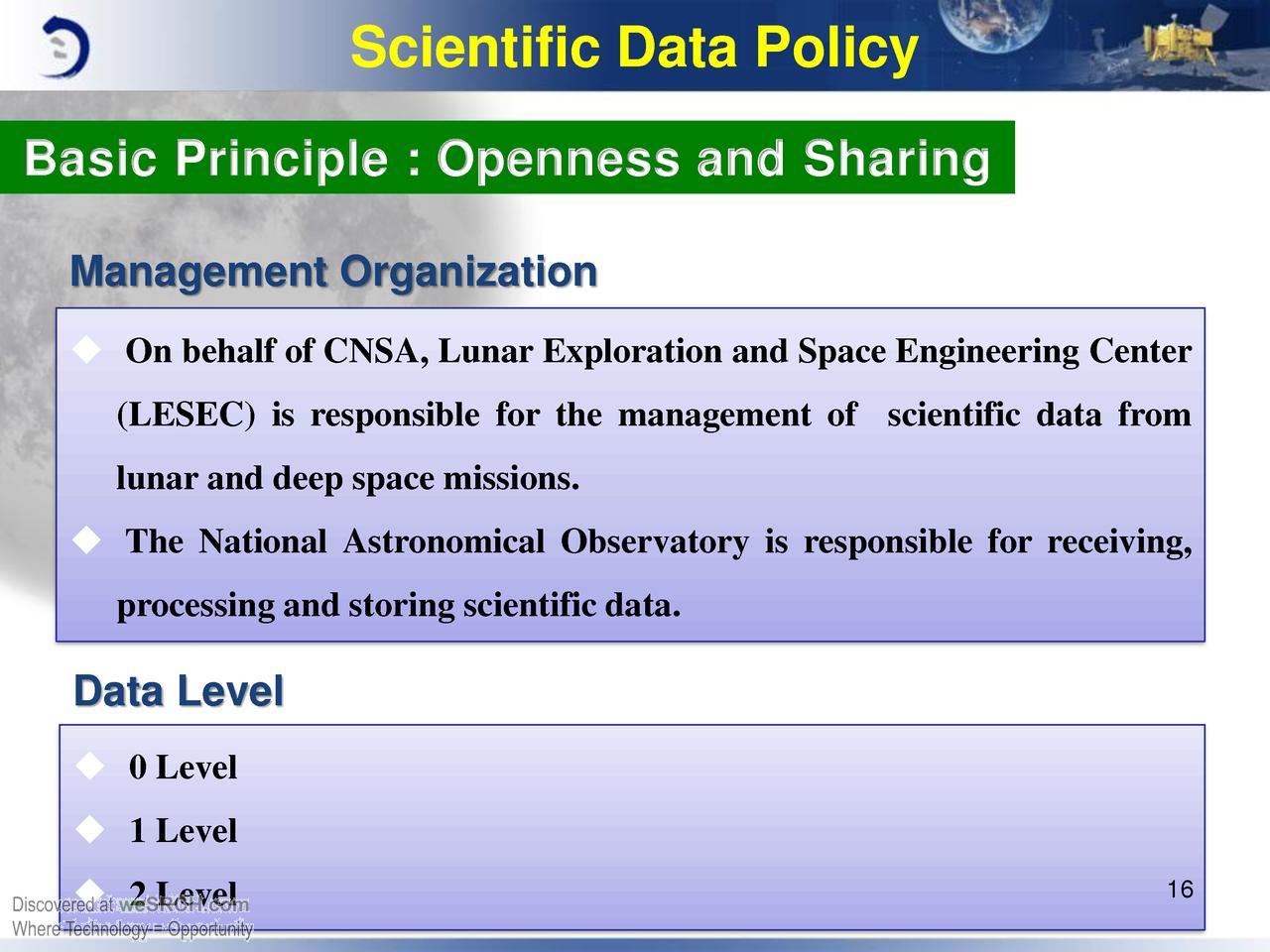

What awaits us in the very near future?
The Chang'e-5 mission with a returnable module to Earth, which will deliver several kilograms of lunar soil for new research and discoveries.

And then ... The Poles of the Moon will be a new area of research - these are the Chang'e-6 (7-8) missions, some of which are planned to be implemented before 2030.

And the culmination of all these developments, projects and years of work and flight should be a full-fledged space lunar station (including orbital modules and ground-based structures and infrastructure):

But before the events planned for the next decade, you need to find answers to many complex space questions, and some of them may be solved with the help of scientific instruments that are installed on the Chang'e-4 landing module, the Yutu-2 rover, and the Tseyuqiao relay satellite.

Low-frequency spectrometer (LFS) - is installed on the Chang'e-4 landing module and the Tseyuqiao relay satellite.
The Earth has an ionosphere, which makes it difficult to receive low-frequency radio signals from space. In order to receive and analyze the faint signals emitted by numerous distant celestial bodies, such radio astronomy experiments must be conducted in outer space, helping us to study the origin and evolution of stars, galaxies and the Universe.

The data and results of similar experiments in near-Earth orbits are also sensitive to electromagnetic interference from the Earth's surface, but there are no such interference from the Earth on the back of the Moon.
The Chang'e-4 mission simultaneously involves:
- LFS Chinese low-frequency spectrometer mounted on the Chang'e-4 landing module;
- The Dutch-Chinese low-frequency spectrometer LFS, installed on the satellite-repeater "Tseyuqiao" (Netherlands-China Low-Frequency Explorer (NCLE)).
The LFS (Low Frequency Spectrometer), designed to study solar flares and solar activity, is now used in the Chang'e-4 mission to conduct low-frequency radio astronomy observations of the Universe, the Sun and other celestial bodies.
However, these observations are complicated by the fact that the Chang'e-4 modules also emit a lot of low-frequency electromagnetic signals. According to the data that engineers have already received from the Chang'e-4 landing module, much work remains to be done to remove interference from them and to isolate low-frequency radio signals from the Universe, especially from the Sun.
Therefore, the analysis and comparison of the spectrometer data from the lunar surface with the spectrometer data on the satellite-relay, allow us to obtain a more understandable scientific picture on this problem.
The outer part of the LFS low-frequency spectrometer is three five-meter antennas.




Key features and design of the LFS low-frequency spectrometer:

Features and design of the low-frequency spectrometer on the Tseyuqiao repeater satellite: The

German neutron dosimeter (LND), created by scientists at Kiel University, is installed on the Chang'e-4 landing module.

After all, there is no atmosphere on the moon, and cosmic radiation directly bombards the lunar surface. As a result of reactions between cosmic ray particles and the material of the lunar surface, gamma radiation and neutrons are formed, the emissivity of which is higher than that of protons, electrons and photons, and their radiation is very harmful to living organisms on the surface (crews of future lunar stations).

Using the Chang'e-4 project LND dosimeter, it is planned to investigate the lunar radiation environment and collect data that can be used for future radiation protection of inhabited lunar bases.
The main characteristics of the LND dosimeter:

The Swedish scientific device ASAN (Advanced Small Analyzer for Neutrals), a small analyzer of neutral particles, is installed on the Yutu-2 rover.

Protons and ions of the solar wind directly without interference affect the lunar surface, colliding with it, reflecting from it, creating energy neutral atoms (ENA) and other particles.
Energetic Neutral Atom (ENA) is an energy neutral atom (formed when "random" atoms from interstellar space collide with positively charged ions that move around the solar system at high speed. In a collision, active ions "pick up" the missing electrons from atoms and turn into energy neutral atoms).
At the same time, sunlight leads to a positive charge on one side of the moon, and plasma - to a negative charge on the other side of the moon. At the junction of these effects, an electrostatic force throws moon dust into space.
Thus, particles of lunar soil sprayed and reflected by charges leave the surface of the moon. The study of this process is of great importance for understanding various mechanisms in the formation of the lunar layer, as well as similar layers on other space objects (asteroids and the like).

Main characteristics of the ASAN instrument:

But how are all these scientific instruments controlled, transmit data, receive power?
Communication and data transmission schemes of scientific equipment on the Chang'e-4 landing module:

where:
- LFS - Low Frequency Spectrometer;
- LND - Lunar Lander Neutrons and Dosimetry;
- TCAM - Terrain Camera;
- LCAM - Landing Camera.
Communication and data transmission schemes of scientific equipment on the Yutu-2 rover:

where:
- LPR - Lunar Penetrating Radar;
- ASAN - Advanced Small Analyzer for Neutrals;
- VNIS - Visible and Near-Infrared Imaging Spectrometer;
- PCAM - Panoramic Camera.
Comparative photographs taken by the LRO apparatus (NASA Lunar Orbital Probe) of the Chang'e-4 mission landing site on the far side of the moon at different times (the descent module and the rover, which moves farther from the landing site, are visible in the photo):


New data from the mission control center “Chang'e-4” along the actual trajectory of the rover “Yutu-2” - depressions and craters with a slope are marked on the map, which the rover carefully avoids.

The ruts and marks on the lunar surface from the wheels of the Yutu-2 rover will remain intact there for at least hundreds of thousands of years.

Many of the problems that were already solved on Earth today at the stage of designing apparatus for lunar missions could become very complex and fatal if they interfered with the operation of equipment on the moon.
And only people who were keen on space could foresee and understand what else needs to be done for the lander and the rover so that they work in difficult lunar conditions without critical breakdowns, especially at the most crucial moments of the mission.
The team of engineers and employees of the Chinese Academy of Space Technology participating in the Chang'e-4 mission:
